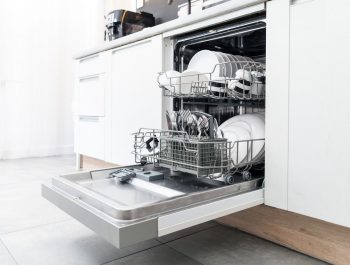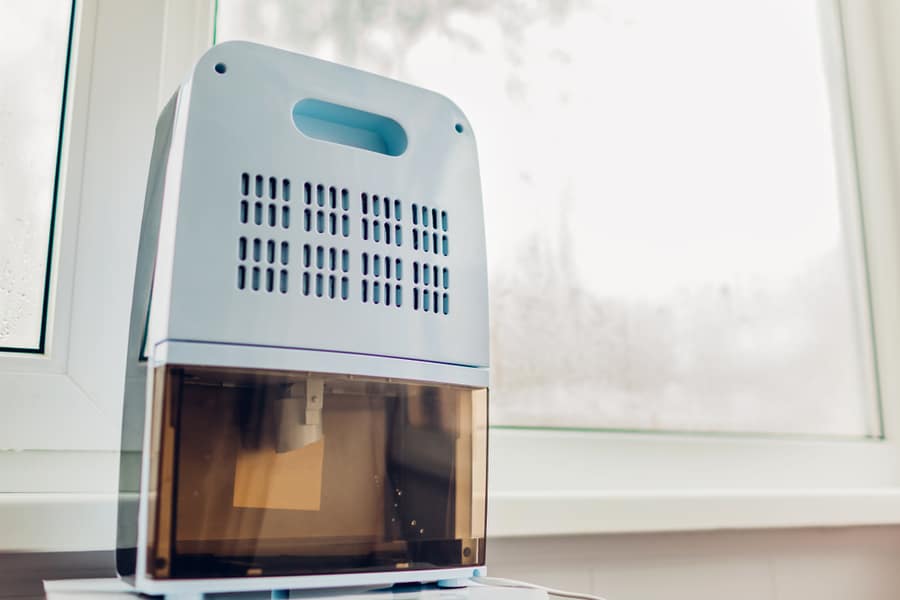
If you are getting a lot of mold, mildew, excessive pollen, and allergy-causing elements in the air, it is your sign to buy a dehumidifier. It will help you get through the humid weather season without catching allergies and severe respiratory infections.
When it comes to maintaining a dehumidifier, it is not a hard nut to crack. On the contrary, it can be as easy as buying one if you follow the right maintenance approach.
A dehumidifier sucks the humidity from the air and makes it safe for your health and wellness. First, however, you will need to follow some quick tips to maintain it correctly and make it last longer.
Here’s a flash-forward:
- Correct Placement
- Use of Hygrometer
- Adjustment of Humidistat
- Taking Care of the Compressor
- Filter Replacement
- Coil Inspection
- Cleaning
- Short Cycle Prevention
- Water Level Checking
If you want your dehumidifier to last longer, you must take care of it and follow all the best-kept tips with dedication and consistency.
9 Highly Effective Tips To Maintain Your Dehumidifier
Maintenance of a dehumidifier is not hard at all. When you follow the practical tips, it will give you the best results and will also make your device last longer.
We’ll take you through nine such tips that will greatly impact your device’s performance and longevity.
1. Placement Is Important
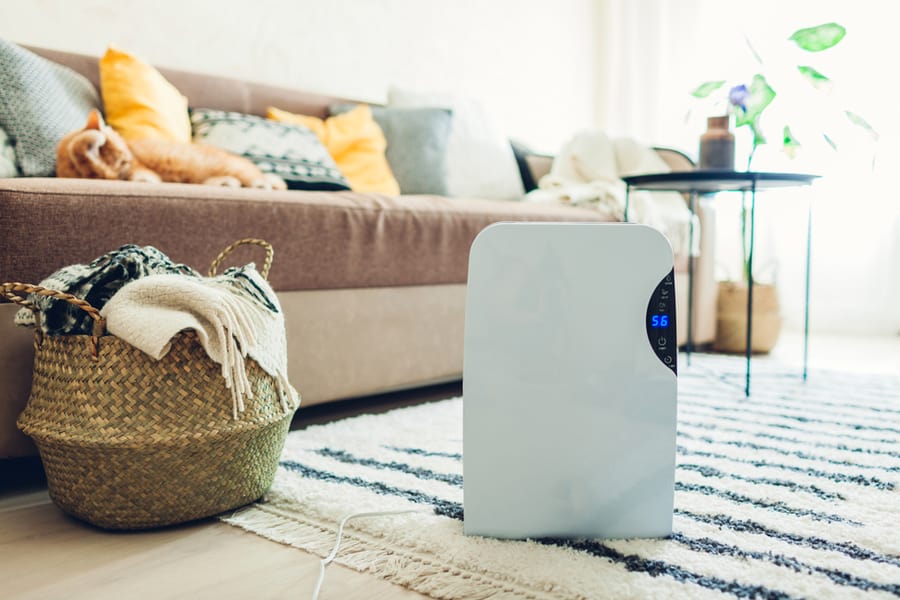
The surface where you place your dehumidifier should be leveled and should not have any malformed surface. If the surface is irregular, it will increase the chances of its fall and can damage your device.
The area you put your dehumidifier should be free of any hindrance. If anything is blocking this device, it can cause overheating and will only make your dehumidifier roast like toast.
Do not place the dehumidifier in direct contact with the wall. Instead, leave at least 6 inches of distance and then place your device.
2. Using Hygrometer Will Help
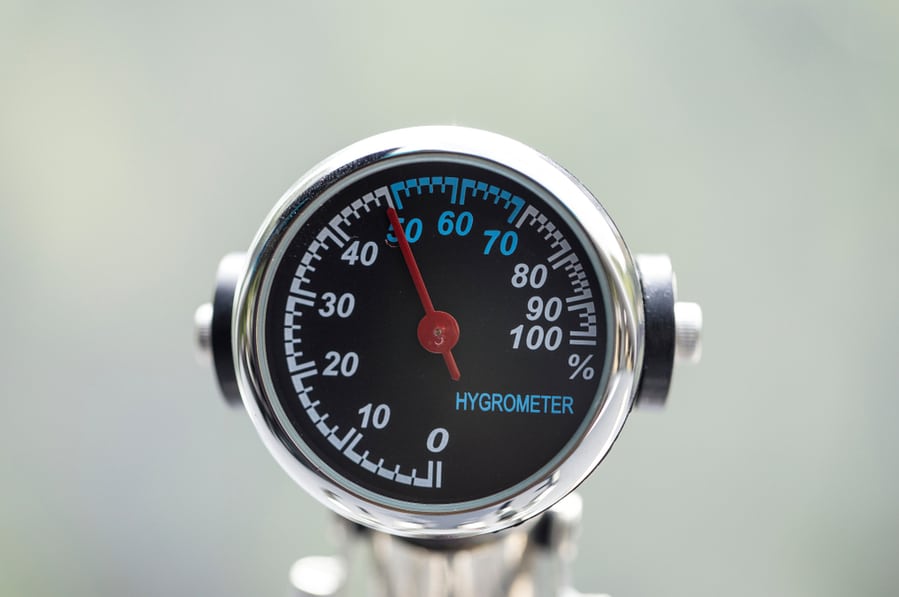
it is a tool used to check the humidity level in a dehumidifier. It is battery-operated and can be easily used and operated to measure the exact amount of humidity. You might need to buy one for yourself.
3. Proper Adjustment of the Humidistat
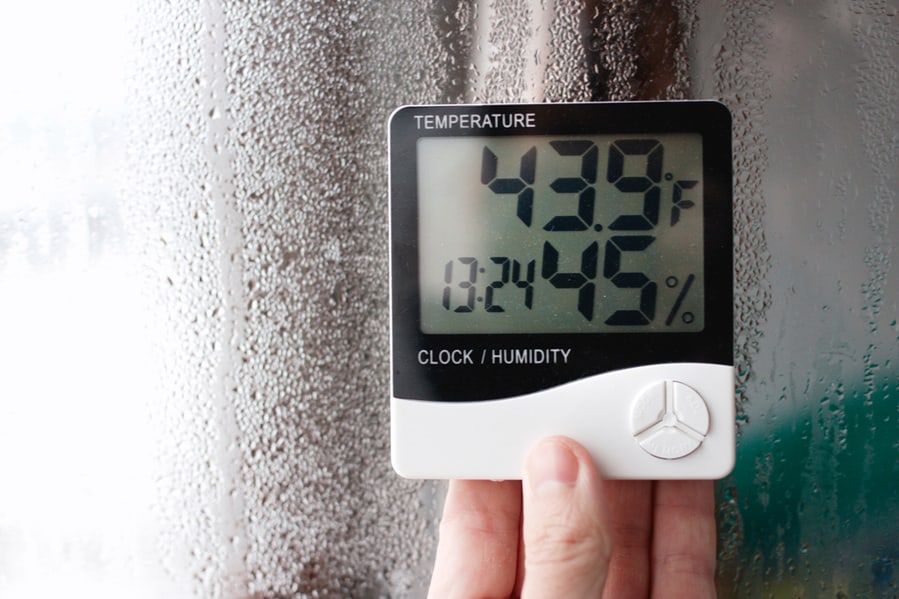
This is the dehumidifier’s power part, and most models come with an adjustable humidistat. This component can adjust the humidity level from 40% to 50%.
Any level set above this level can cause allergies, and a level set below the level will suck excess moisture leaving the air extra dry and uncomfortable.
4. Compressor Shouldn’t Be Compromised
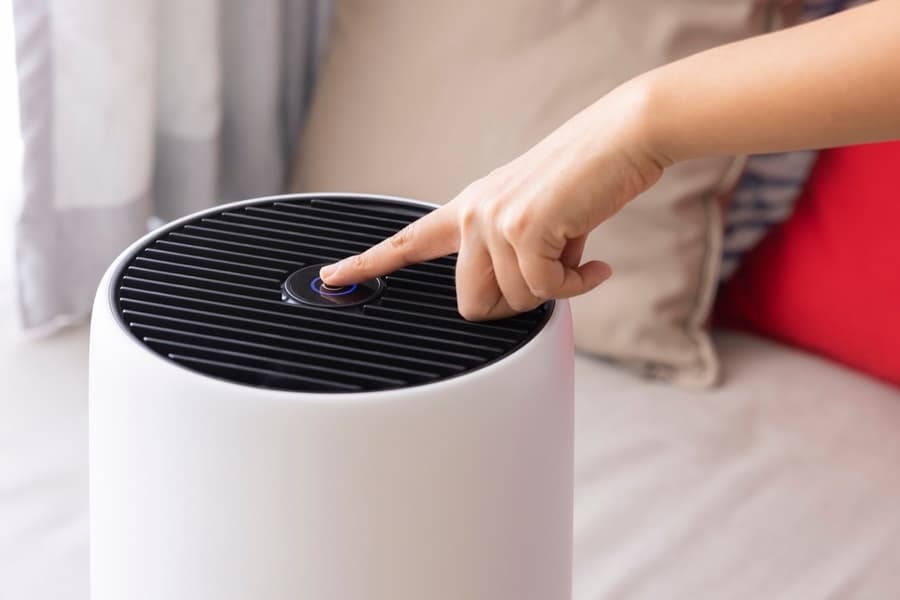
Never turn off and instantly turn your device again. It will overheat the compressor of your device due to the rapid power supply. To ensure this doesn’t happen, use it at a scheduled time and don’t overuse your device.
5. Regular Filter Replacement
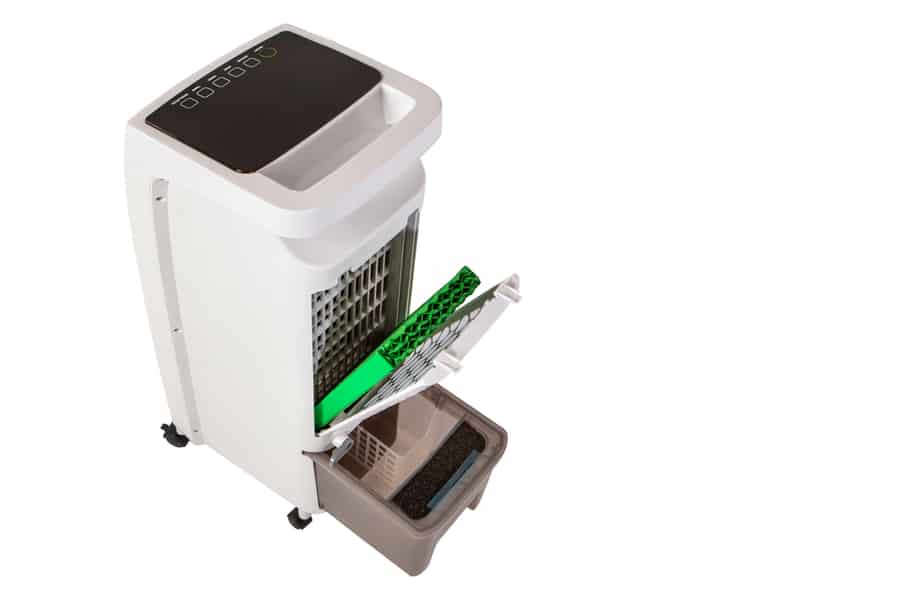
If you have a dehumidifier, you will need to check the status of its filter. If there is any tear or damage on them, replace them. Ideally, replacing its filters at least once every year would be best.
Moreover, keep the filters clean for optimum results.
6. Follow the Inspection of the Coils
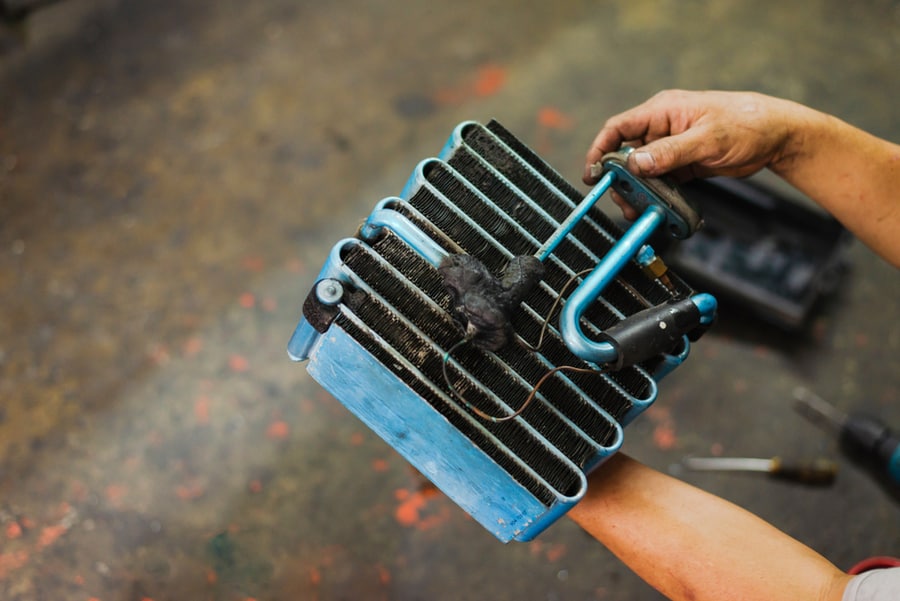
Your humidity-removing device will have an evaporating coil in it. When the temperature decreases, you will experience a buildup of ice on the coil. Therefore, you will need to regularly inspect these coils for the buildup of ice.
If you detect any ice, you will need to lift the device, place it a little higher where the temperature is higher, and avoid operating it in places with lower temperatures.
7. Proper Cleaning Makes a Difference
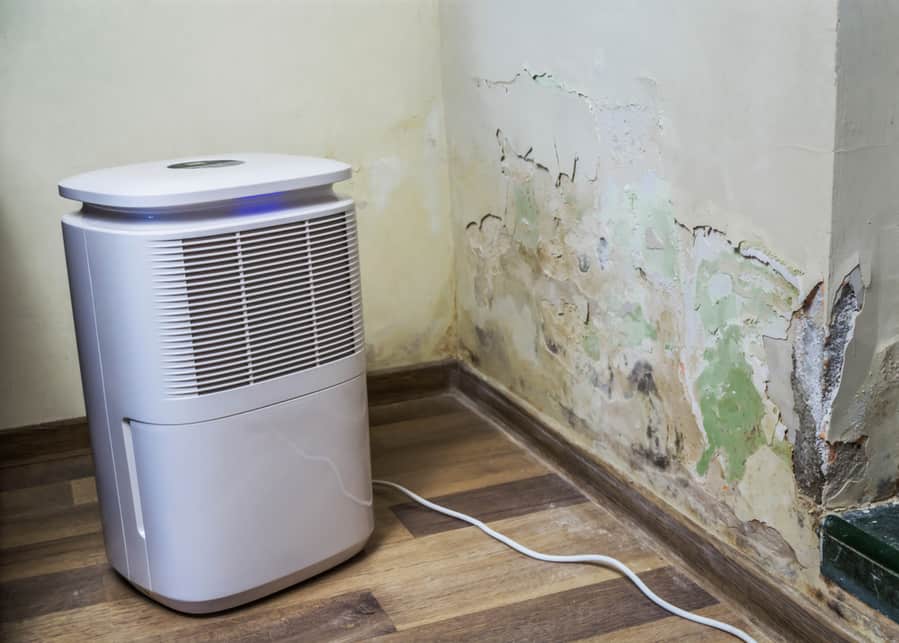
Follow a monthly cleaning cycle when it comes to maintaining your dehumidifier. First, open the exterior and clean the internal components, coils, and humidistat unit properly, and don’t let any buildup of dirt or molds takeover in there.
You can use a vacuum brush to clean it and remove its blocked debris thoroughly.
8. Prevention From Short Cycling
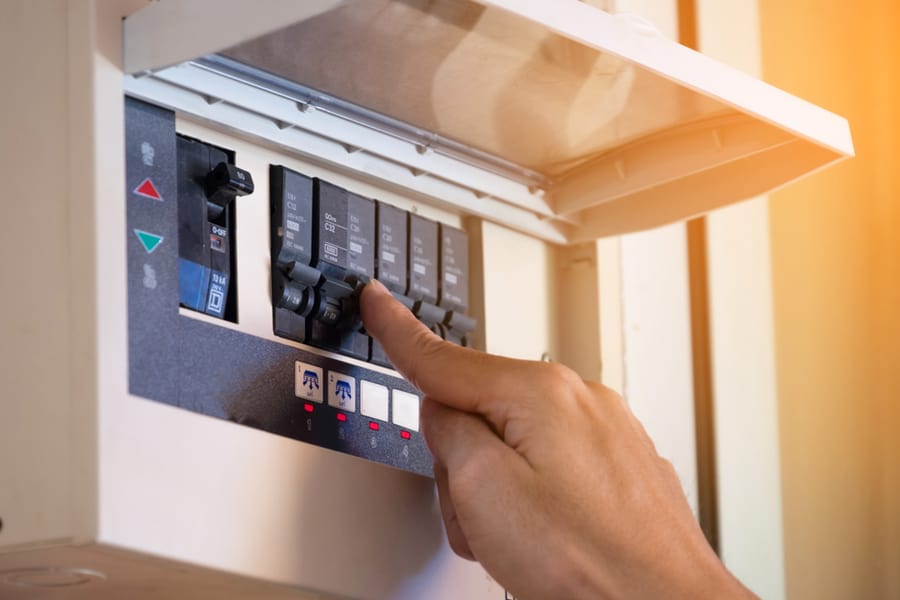
You can easily trip your circuit breaker with back-to-back turning on and off your device. Following an abrupt on-and-off routine interferes with the pressure buildup and causes the circuit breaker to trip as the system overheats.
Therefore, wait for at least 8-10 minutes before turning your device on or off to let the pressure equalize and distribute throughout without causing any damage to the system.
9. Follow Recommended Water Levels

When your dehumidifier sucks the humidity from the air, it is turned into condensate collected in the condensate bucket. You will check the water levels in this bucket to ensure it’s working efficiently.
If it’s not working correctly, the device will automatically go on shut-off mode, and the stagnant water in the bucket will do nothing but welcome diseases.
Quick Recap
Using a dehumidifier offers many benefits, and you can avail of them if it is well-maintained and properly working. You can ensure its optimum performance by taking care of its filters and regularly replacing them.
You will also need to strictly check its placement, adjust its humidistat, and use a hygrometer. You will also need to check the coils and water levels regularly to make sure it’s working properly.
Frequently Asked Questions
How To Clean the Filter of My Dehumidifier?
Turn the power off. Take the filter out and clean it using a vacuum brush until no dirt is left on it. Then place it back on and reconnect it to the power supply.








